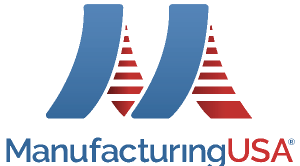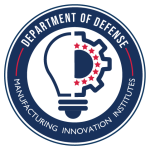

Problem
The team at Ursa Major Technologies (UMT), comprised of members with materials development backgrounds from the top rocket engine programs in the country, is leveraging new additive technologies and specialized materials to accelerate manufacturing and improve performance of space vehicles. Laser powder bed fusion (LPBF) printing of UMT engines require copper for high heat flux applications and process optimization to print the complex designs. Sourcing additively manufactured copper components to service bureaus is challenging due to inconsistencies in quality, as well as long lead times and high costs due to material availability and process optimization. Improvements to the supply chain and processs development continues to be needed to print complex, copper components using LPBF.
Objective
The objective for the effort is to advance the state- of-the-art in metal additive manufacturing of rocket engine components and establish UMT and the U.S. industrial base as global leaders in space access and high-speed applications. The described effort serves as a pilot program to transition from prototype to full scale engine component prints using LPBF of copper alloys to enable increased engine performance and lead to the long-term reduction of program costs.
Technical Approach
To execute this effort, UMT is evaluating and selecting copper material(s) to conduct detailed prototype and process development iterations and evaluate supply chain needed for the material. This information is being used to develop and demonstrate achievement of desired parameters. UMT is transitioning to repeatable printing, evaluating against material characteristics and establishing performance parameters. UMT is also printing multiple full scale test artifacts from their engine programs, Hadley, Ripley and Arroway, to develop the repeatable process and optimized surface finish. A summary of the project impact to UMT’s engine programs and recommendations on future efforts are planned for the final report.
Project Participants
Project Principal

Other Project Participants
- NCDMM
Public Participants
- U.S. Department of Defense
